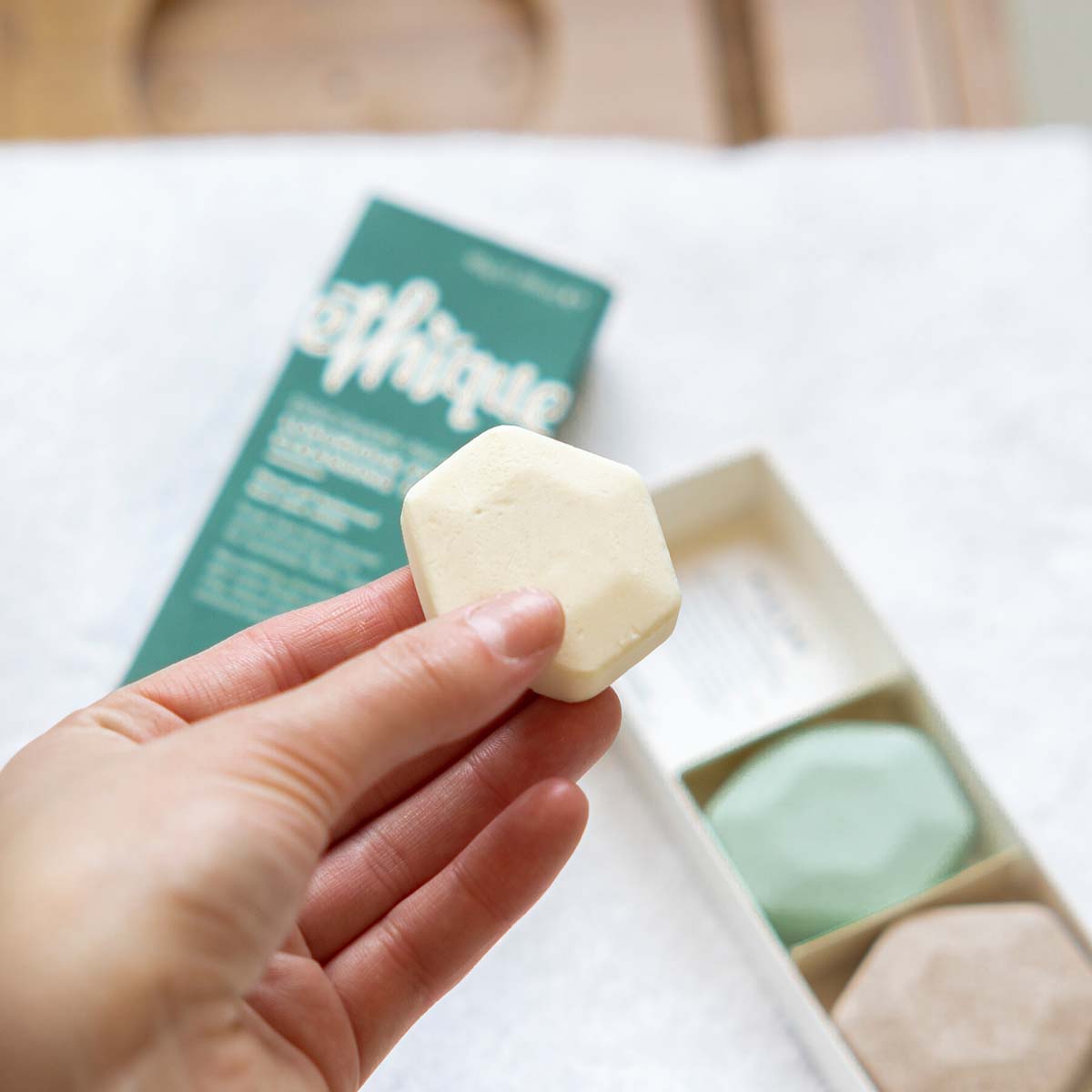O Christmas Tree, O Christmas Tree, how green are your branches? 🎄 
It’s almost time to put up a Christmas tree and you may be wondering ‘what is the most eco-friendly tree option?’ An artificial tree or a live one? Well, the answer isn't always straightforward or the same for everyone.
While reusable options are usually the best option, there are instances where a live tree can be the greener option.
We have put together a guide to help you make an informed decision about which tree is best for you this holiday season:
Artificial Trees:
Most artificial trees are made of PVC and steel, take a lot of resources and energy to produce and are manufactured in China. If you aren’t based in China, you must consider the carbon footprint of global distribution. However, the impact of artificial trees really depend on how long you use them.
Own an artificial tree already?
Make sure you use it for as long as possible! The WAP Sustainability counsel performed a Life Cycle Analysis comparing the environmental impact of a real vs artificial tree and results show the impact of an artificial tree is on average lower if you use the tree for five or more years. Another study concludes that we should use artificial trees for well over 20 years before they begin to outweigh the impact of one real tree.
Purchasing a new artificial tree?
Make sure you’re ready to commit to this tree for years to come! Choose a high-quality artificial tree that can last you a lifetime and remember to make sure you have enough space and the right environment to store it. You could even try to find a second-hand option to help prevent it from ending up in landfill.
Real Trees:
The average tree is five-to-six feet tall, takes about ten years to grow and farmers plant at least 1 tree for each cut down. While growing, the trees provide environmental benefits (they’re made of carbon after all) such as wildlife habitats. Real trees also grow best on rolling hills which are often unsuitable for other crops. Real trees seem like the greener option! But, the answer isn’t quite that simple as how you purchase and dispose of your tree plays a big role.
The American Christmas Tree Association, based on this study, suggests that buying a real tree each year and not disposing of it properly has a larger impact on greenhouse gas emissions, water and energy use than an artificial tree reused five or more times.
Fancy a real tree?
We can’t deny the wonders of having a real tree – from the scent of crisp pine to the tradition of cutting down your tree. When getting a real tree, remember that responsibly purchasing and disposing of your tree is key! Shop locally and support farmers, this also helps minimize any driving. When ready to dispose of your tree, recycle or compost it, or find an organization that repurposes trees (think mulch for public parks or barricades to prevent beach erosion) to minimize environmental impact.
According to the Carbon Trust, real trees that are improperly disposed of and end up in landfill have a carbon footprint of 16 kg CO2e as the tree decomposes and produces methane gas (which is 25 times for potent as a greenhouse gas than carbon dioxide).
What does this compare to? Well 16 kg CO2e is equivalent to the carbon footprint of driving 40.2 miles or 65km in your car.
However, when responsibly disposed of, the carbon footprint of a real tree decreases by 80% to about 3.5 kg CO2e. The Carbon Trust lists ‘responsible disposal as burning the tree on a bonfire, planting it, or having it chipped.
Why not rent one?
There are companies that will conveniently deliver a tree to you. This means a new tree does not get cut down. Also, no fussing around with disposal. How does it work? Potted trees are cared for all year and simply lent out to you and your family to celebrate the holidays, then returned after. Check with a local Christmas tree company for exact details of their offerings.
Better yet, plant one and keep it around all year!
Have the space and green thumbs? Then have the same tree every year! Purchase a real tree with roots or start off with seedlings and grow your own in a pot. This could be a lovely tradition where you get to celebrate the holidays with the same tree every year.
This guide is here to help you make the best sustainable tree choice this year. But remember, when it comes to a low-impact lifestyle, there is no ‘one size fits all’ and you need to find the solution that works best for you!
We wish you a tree-mendously wonderful festive season🎄




